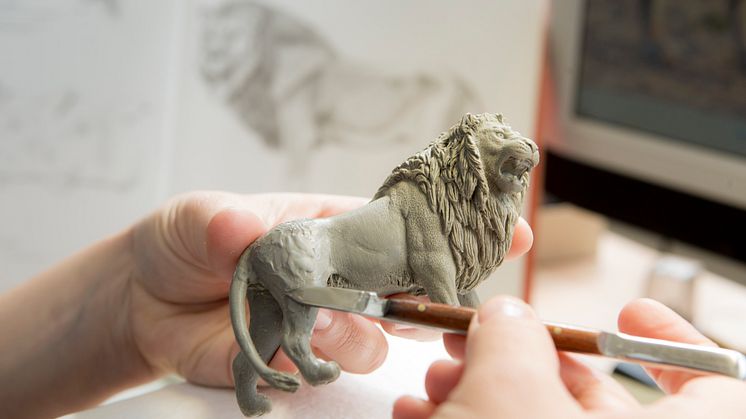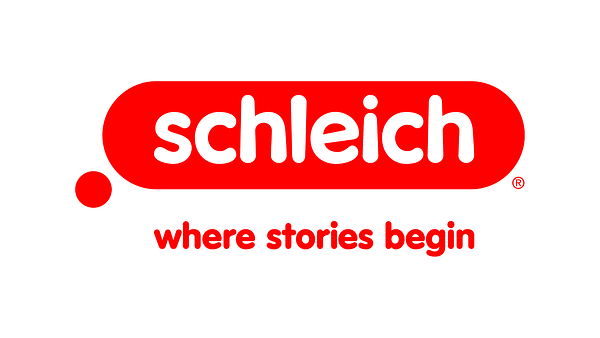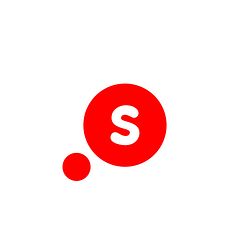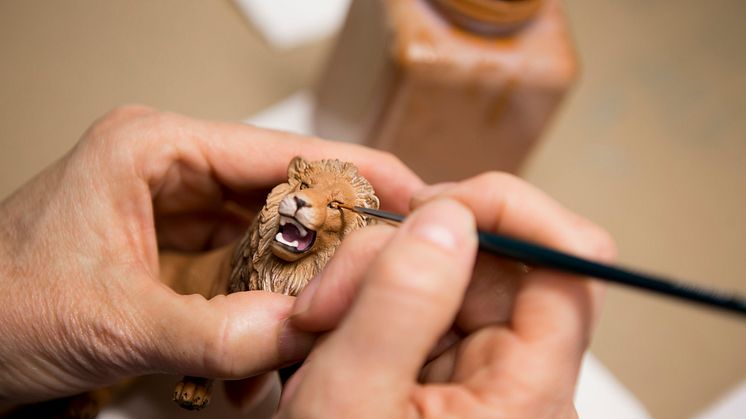
Press release -
Schleich GmbH Product design, toolmaking, production and painting
The complete production process for Schleich figurines, from the design of the models to the finished product, takes an average of three to four months. Many different stages must be completed - each involving loving attention to detail and the highest quality standards - before the famous hand-painted and uniquely realistic Schleich figurines are finished and ready to be played with by children around the world.
Product design
The ideas for the various products come from within the company itself. Every new figurine begins life in Schleich’s Product Design department, where it takes on its eventual shape: the in-house designers use drawings, photographs or reference books to intricately handcraft a monochrome wax model that already bears all of the detail that will be present in the finished product. This work is done 100% digitally on the computer.
Various CaD programmes are used in the process. The model is built from scratch. First, the so-called substructure or the rough layout is modelled. Then the detailed muscle systems follow and the figure is posed. So that the structure runs in the direction of the body shape and movement, it is realised last. Each hair, for example, has to be modelled individually to ensure that the figure is as lifelike as possible. Finally, the figure is produced in the 3D printer so that it can be held in the hand as a real model.
Depending on the complexity of the figurine, it takes between two and eight working weeks before the wax model is completed to the exacting standards of its creators. The finished 3d-printed artwork is then sent to the marketing department for visual approval and to the quality department and the mould and tool making department for technical and structural inspection.
Making the mould
With the help of a silicone mould, a figure is now created from synthetic resin - based on 3D printing. After being left to harden for around two hours, the first untreated prototype of the figurine is ready. This resin model becomes the basis for the final mould. First, it is coated with putty and silicone. The negative mould produced is used to cast a positive plaster mould, which, in turn, is used to create the final production mould – made from a zinc, aluminium, magnesium and copper alloy. Using the original wax model as a template, post-processing of the mould is carried out by hand so that even the smallest detail of the figurine is present going into serial production. There are currently around 600 of these valuable injection moulds – each one representing a different figurine from the extensive Schleich family.
Machine production
Each figurine has its own base colour, the recipe for which is developed in-house from various PVC-based pigment mixes of varying degrees of hardness. All production substances and materials used undergo chemical checks in advance. The plastic granules are heated until they melt and form a liquid, which is then sprayed through a nozzle into the injection mould. Each figurine is then removed by hand and checked to ensure precision of contours and details. If any flaws are spotted, production is stopped and the mould is returned to the toolmaking department for reworking. Once they emerge from machine production, the blanks need to be left for roughly half an hour – depending on their size – to fully harden. The larger figurines need to be placed in a water bath for this purpose, whereas smaller items can simply be placed on cooling plates.
Painting
The only exception occurs in the case of large patterns – for example the brown patches on a giraffe – which are applied via a pad printing process. Apart from that, however, the step-by-step painting is done with different sponges, brushes or an airbrush. In order to keep the colour of each figurine identical across all production runs, each tone has its own individual recipe that stipulates the pigment proportion of up to nine base colours and is mixed in-house. Mixing its own colours not only helps Schleich ensure consistency between all its tones, but also means it can guarantee that the paints it uses are safe. The colours undergo strict quality inspections both during purchasing and after the painting process in the form of light, heat, abrasion and chemical tests. Only once they have passed these tests the finished figurines receive the famous Schleich flag with the red “S” and are ready to be dispatched. Since 2022, Schleich has started to paint its products with water-based paint. In addition, the company is developing a paint with its partners that will be Cradle to Cradle® certified.
Production sites
Roughly 15 percent of the Schleich Group’s global production still takes place at the company’s site in Germany, Portugal, Romania, Moldova, Vietnam, Tunisia, and China. With the exception of the site in Germany (Schwäbisch Gmünd), the production sites are not operated by Schleich itself, but by suppliers. In Germany, a small part of the worldwide production takes place at the company site in Herlikofen.
Quality and safety
All Schleich products comply with the latest European Toy Directive 2009/48/EC as well as DIN EN 71. This means that the ingredients and production process are identical at all locations, so the quality of Schleich products is of the same high standard wherever they are produced.
Categories
About Schleich
Schleich is one of Germany’s largest toy manufacturers and a leading international brand of authentic animal figurines, igniting the joy of storytelling in children. Friedrich Schleich founded Schleich in Schwäbisch Gmünd in 1935. Today, the famous characters and sets made by the brand schleich®, are sold in more than 60 countries and have become a beloved feature in children’s rooms around the world, letting kids’ imagination run wild. As a global player with Swabian roots, Schleich now generates more than half of its turnover outside of its core market Germany. In 2022, Schleich had a global turnover of EUR 275 million, selling around 40 million animal figurines. Sustainability is a core commitment: As a first step, all characters will be recyclable by 2027. Schleich is also intensively researching recycled materials for the future production of its toys. In addition, Schleich will be optimizing and certifying its characters and packaging to the standards of the Cradle to Cradle® circular economy by the end of 2027 to ensure that resources are reused. The company is owned by Partners Group and Schleich employees.




